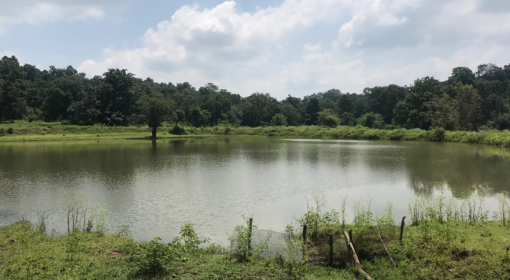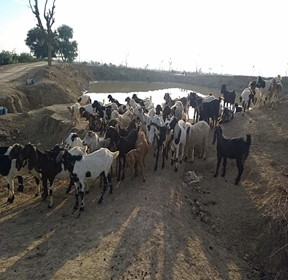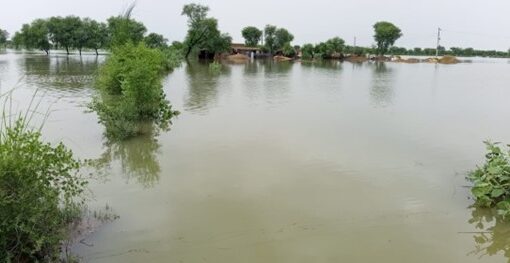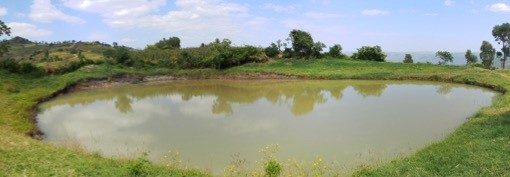By Allah Bakhsh, project coordinator FBLN SPO.
Introduction
The entire Kachi Plain in Balochistan, Pakistan, is devoid of fresh groundwater as the available shallow groundwater is saline. The only source of drinking water is flood water that comes in local dry rivers passing through the plain. The Nari, Bolan, Lehri are the major Rivers which irrigate the lands of area and caters the drinking water needs.
Drinking water ponds
At the time of floods, the water is diverted to the manmade earthen ponds in different villages with different storage capacities, depending on the size of the village. Usually, floods come in the area between in June & August every year and in spring season between February & April. The later floods are only utilized for the human and domestic animals drinking purpose and not for irrigation because of the approaching summers that does not allow any crop to germinate as the moisture evaporates due to the high temperatures in these months.
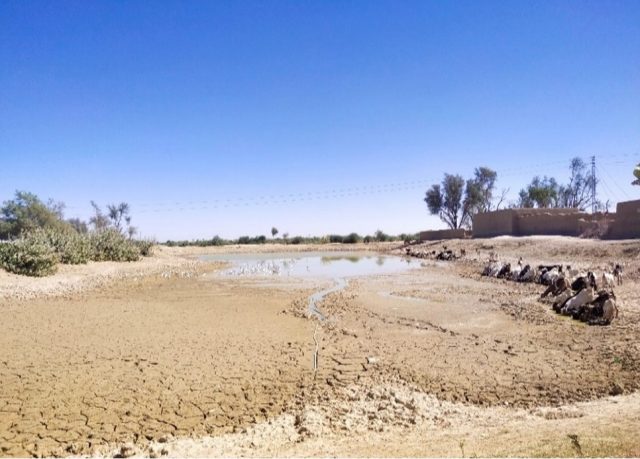
Not necessarily all villages ponds get water in the seasons given above because at some locations, flood water does not reach. Especially in June – August not all ponds are served because the priority is given to the irrigation of lands for crop cultivation. In other situation, the diversion bunds erode and water drains in major river passage.
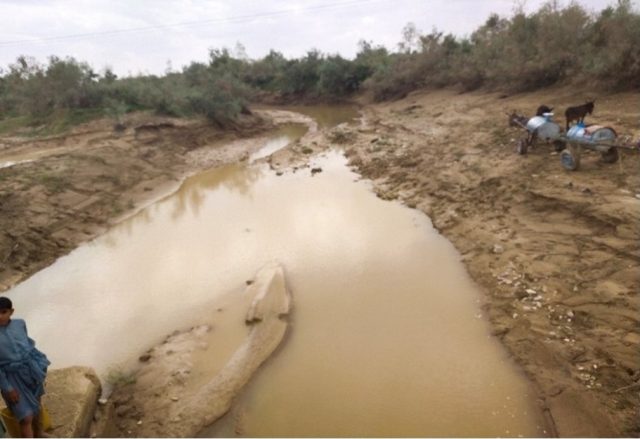
The ponds receiving water in both seasons do not survive for a long period and they dry up within 1-6 months depend on the size of pond. In the cases where these ponds go dry, the local inhabitant moves to the neighboring villages ponds or the depressions filled with water in the River beds to meet the domestic needs while the animals are driven in flock to go for watering elsewhere, in some cases travelling 1-5kms.
The role of shallow wells
Historically, rural areas excavate shallow wells within the dry ponds and river beds to collect seepage water, primarily to meet the drinking water demand. For this purpose, every household, individually digs the well as one well cannot meet the needs of larger group of villagers. These shallow well hardly yield more than 120 liters of water within 24 hours’ time. People are morally bound not to steel water from such ponds which are personally dug up and owned a certain household. If there is no immediate flood, such shallow wells do not survive beyond the 30 days and also dry up. If further excavated and deepened, the soil collapses and render them completely un-useable.
Very recently, the FBLN team met with the officials of Qatar Charity and other philanthropists who were installing shallow borehole up to the depth of 30-40ft and installing small pumps to get drinking water. Such pumps are installed now in a numbers of villages alongside the earthen ponds whether filled or dried-up. The procedure is that villager approaches the charity and takes them on a reconnaissance visit to see the feasibility which is mainly to see and observe the size of pond. Normally bigger ponds are preferred by the charity having a wider potential for local aquifer recharging and prolonged water availability. The condition is that the charity will sink a borehole up to 40ft and if sweet water is found, then all installation charges are borne by the charity. If the subsurface water happen to be brackish, the borehole charges will be borne by the local community and no further progress will be made on it. This agreement is probably due to the local villagers who insist for deep boring up to 50-60ft or beyond it and local experience shows that below 30-40ft water is saline. In all cases if the water happened to be saline, the further progress is abandoned immediately. This was a seasonal project which has already completed their operation in the Bhag tehsil area in district Bolan Balochistan.
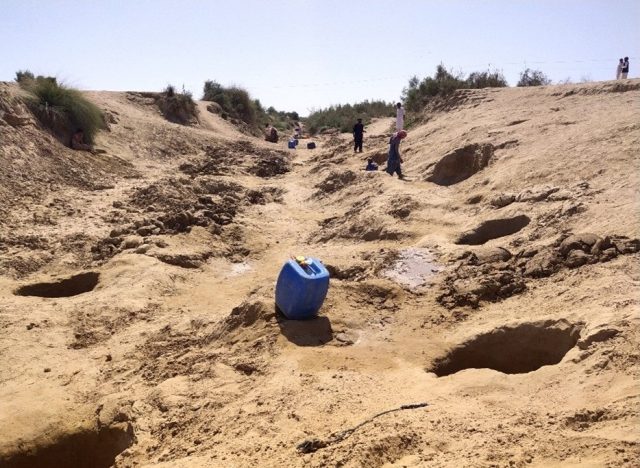
This is further observed in Bhag town and other larger villages where local inhabitants are installing such machine after shallow deep borehole at their own cost. One such villager told that total cost of this project is not more than Rs: 35.000 (about 200 euro). It is observed during visit that the water yielding by these machines is clean in color with no turbidity. A suction pipe is installed with a foot valve to maintain the water within the line. In the borehole plastic pipes are sunk and the lower pipe consists of perforated pipe (filter screen) and is wrapped with a piece of cloth which serves as filter to prevent sand from entering into the borehole.
There is no further experience gained until now on this smart technological intervention but one thing is clear that if the subsurface water goes dry to the depth of borehole, the whole system can be unplugged which can be reinstalled when the pond is filled again. It still works for more 2 months after the pond apparently gets dry, thus prolonging the period of access to water and reducing the burden on the household.
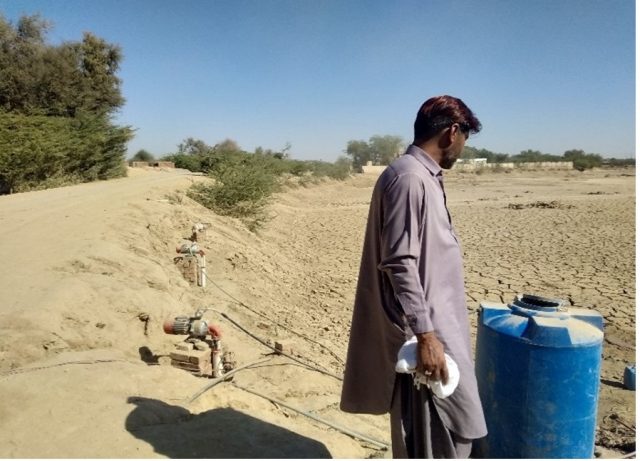
As whole this is better practice to get clean water rather than direct water from the pond which may not be safe and secondly such boreholes yield water even if the water apparently goes dry and as long as there is water in the pond. The only drawback in this system is that it cannot be installed in those villages which are not electrified and contacted with national grid, unless options of solar pumping become available.
The work featured in this blog is implemented under the collaborative work on: Strengthening Participatory Organization (SPO) Quetta region, by:

